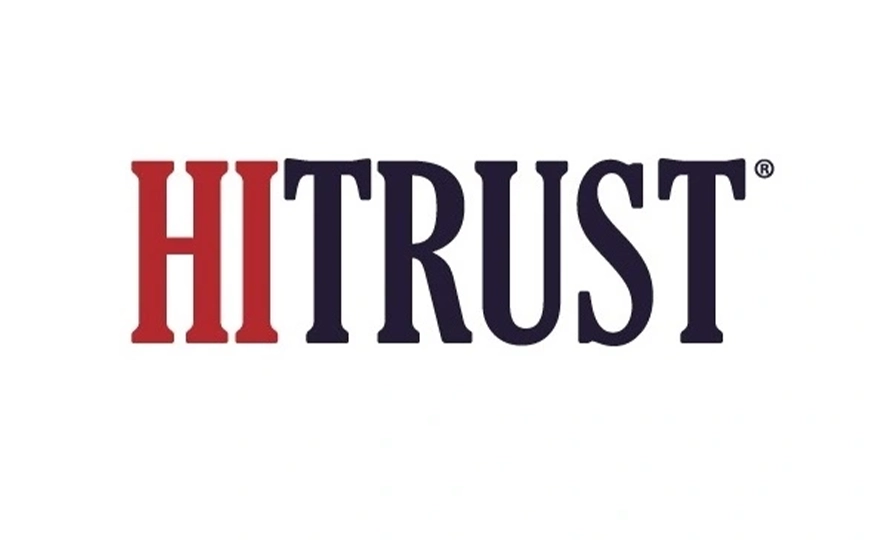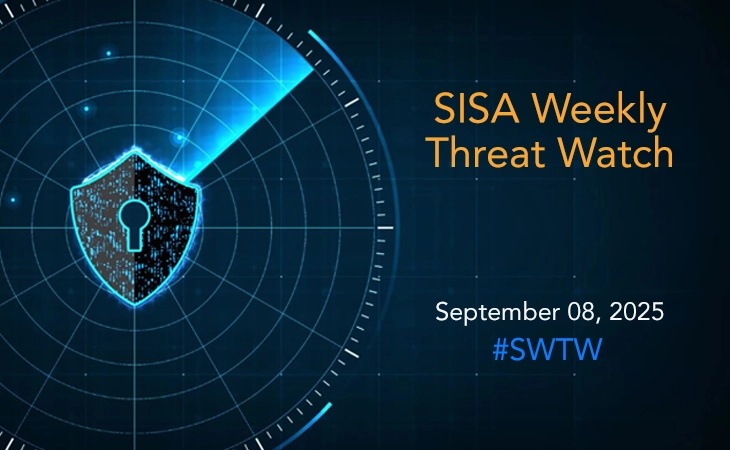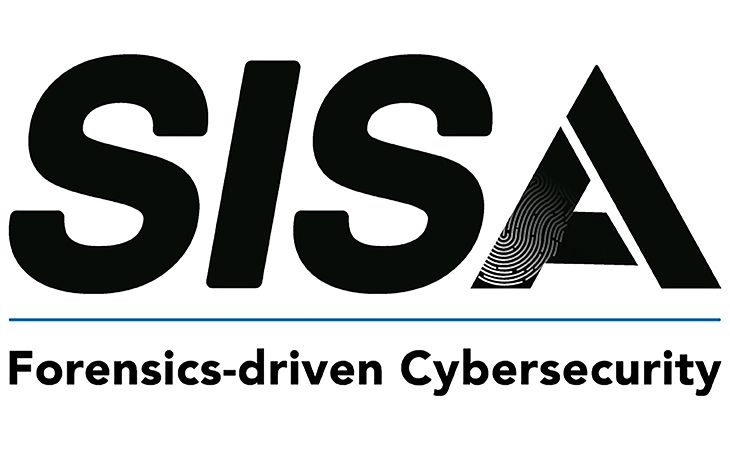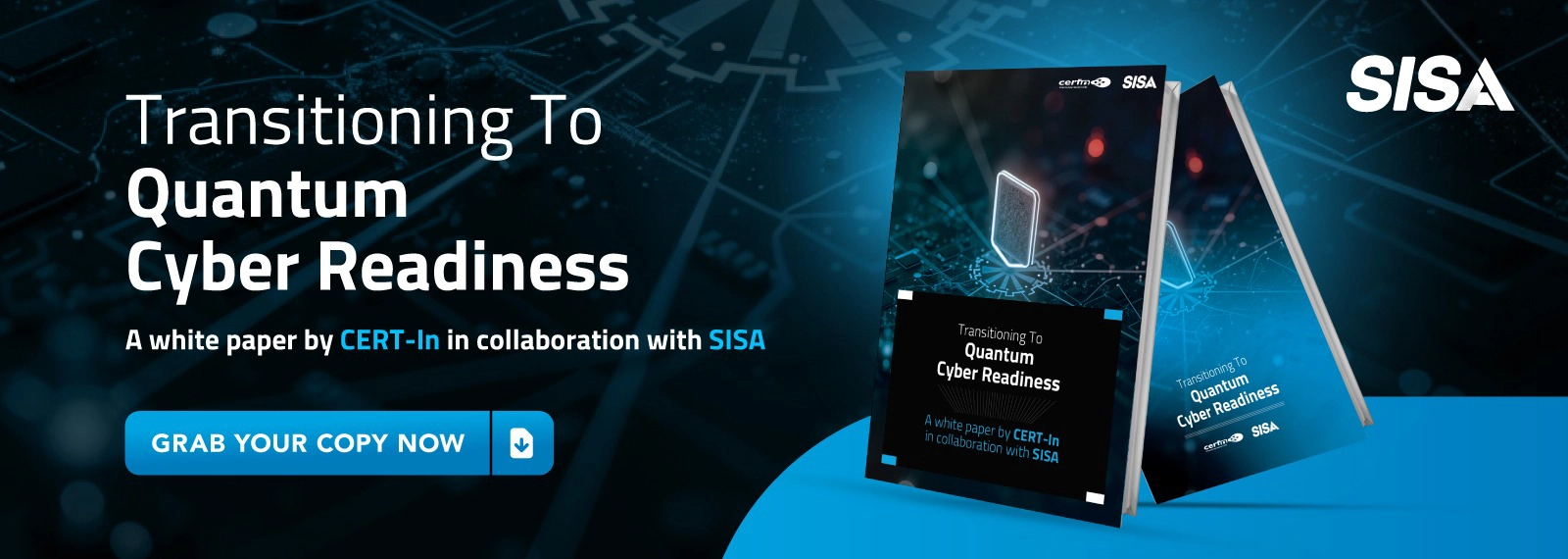
Sensitive Data Discovery and Classification: A Detailed Overview
With businesses becoming more reliant on data, the amount of personal and confidential information they collect and handle has surged. Modern privacy laws such as the GDPR in Europe, the CCPA/CPRA in California and India’s Digital Personal Data Protection Act set clear rules on how sensitive information must be treated. Still, many organizations fall behind: over 60 % of companies have experienced a sensitive‑information breach in the last two years, and the average incident costs around US $4.88 million. These realities make the processes of discovering and classifying sensitive data a cornerstone of any robust data‑security program.
Defining sensitive data
Although definitions vary by region, sensitive data generally encompasses any information whose exposure could seriously harm individuals or organizations. Research on privacy notes that such data includes personally identifiable information (PII) like names, addresses and national‑ID numbers, protected health information (PHI), financial records such as credit‑card and bank account details, proprietary business information like trade secrets and biometric identifiers including fingerprints or facial scans. Because leaks of these categories lead to identity theft, fraud, legal repercussions and reputational harm, data‑protection laws require organizations to secure them.
Why discovery and classification matter
Identifying where sensitive information lives and categorizing it properly allows organizations to put the right safeguards in place. If you don’t know where data resides, preventing intrusions and unauthorized access becomes nearly impossible. Classification aligns data handling with compliance requirements, highlights gaps that could lead to audit failures and streamlines data management by eliminating redundant or outdated files. In effect, discovery and classification underpin measures such as encryption, access control, retention schedules and incident response.
Comparing data discovery and data classification
Discovery and classification are related yet different activities within a holistic data‑security strategy. Their distinctions are outlined below:
Aspect | Data discovery | Data classification |
Purpose | Pinpoints and inventories data sources, examines formats and assesses quality | Assigns labels to data based on sensitivity, business value and regulatory requirements |
Visibility | Offers insight into where sensitive information is stored across both structured and unstructured environments | Groups data into tiers like public, internal, confidential and restricted |
Outcome | Produces a comprehensive catalogue to support risk assessments and compliance efforts | Determines which protections (such as encryption, access controls and retention policies) are needed for each tier |
After classification, appropriate controls including encryption, strict access policies and retention rules can be applied throughout the data’s lifecycle.
Benefits of discovering and classifying sensitive data
- Stronger security: Mapping sensitive information allows you to tailor defenses and minimize potential attack vectors. Guidance on classification emphasizes that identifying and labelling data helps prevent breaches and ensures information is handled in compliance with relevant laws.
- Improved data management: These processes remove redundant or obsolete data and enable automated access workflows, cutting storage costs and boosting efficiency.
- Continuous compliance: Routine scanning and categorization keep organizations aligned with changing privacy regulations and lower the risk of audit issues. Many discovery tools also generate reports and dashboards for regulatory documentation.
- Protection of secrets: Modern solutions use artificial intelligence to scan code repositories for secrets like API tokens, passwords and keys, alerting developers before attackers can abuse them. This extends classification practices into software development.
Approaches to discovery and classification
Organizations typically choose from three methods:
- Manual: People inspect and tag data. Although this method can capture contextual subtleties, it is labor intensive and prone to mistakes.
- Automated: Technology powered by artificial intelligence and machine learning processes large volumes of data quickly and consistently. While scalable, it may misinterpret certain contexts.
- Hybrid: Combines automated scanning with human review. This approach balances speed with accuracy.
Effective tools examine both structured and unstructured data across on‑premises and cloud systems, scanning for named entities in multiple formats and languages to provide comprehensive visibility. They should also detect unknown (“shadow”) and uncontextualized (“dark”) data.
How to classify sensitive data
A data‑governance guide suggests the following step‑by‑step process:
- Discover assets: Build an inventory of all data assets, whether on site or in the cloud. Include PII, financial records, intellectual property and health information, and determine which regulations (e.g., GDPR, HIPAA, PCI DSS) apply.
- Categorize: Evaluate each dataset’s risk and label it as public, internal, confidential or restricted. Choose automated, manual or hybrid methods according to data volume and complexity.
- Apply safeguards: Use controls that reflect the data’s classification. Restricted information may warrant encryption, strong access controls and continuous monitoring, whereas less sensitive data may need lighter controls.
- Revisit classifications: Because business processes and regulations evolve, regularly reassess and update classifications to keep them accurate.
Recommended practices
- Develop governance: Create a data‑governance framework defining roles, responsibilities and policies. Involve stakeholders from privacy, security, IT and business teams.
- Adopt risk‑based priorities: Focus first on data types and systems with the highest potential impact.
- Integrate tools: Select solutions that work with existing storage, data‑loss prevention, identity management and security information and event management systems, reducing silos and automating enforcement.
- Train staff: Educate employees about recognizing sensitive information, following classification policies and reporting potential issues.
Final thoughts
The tasks of discovering and classifying sensitive information are indispensable for privacy compliance, robust security postures and incident prevention. By understanding the types of sensitive data you collect and where they reside, you can implement appropriate defenses, lower risk and maintain customer trust. Whether you rely on manual methods, automated tools or a hybrid model, adopting a structured classification program will help your organization keep pace with evolving regulations and safeguard its most valuable assets.
Latest
Blogs
Whitepapers
Monthly Threat Brief
Customer Success Stories
 USA
USA India
India APAC
APAC Middle East
Middle East Global
Global






 Facebook
Facebook Linkedin
Linkedin  X
X Youtube
Youtube







